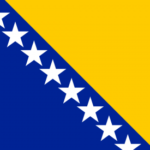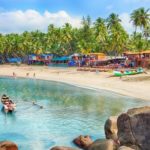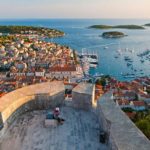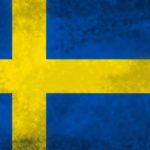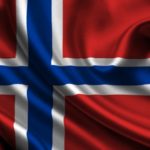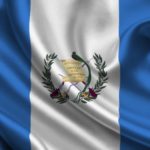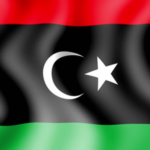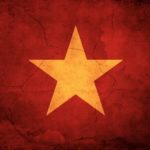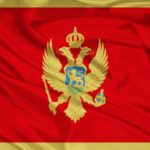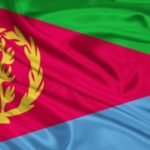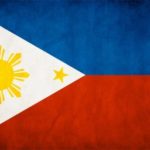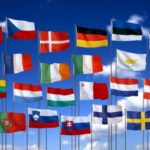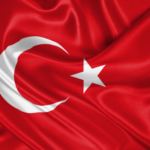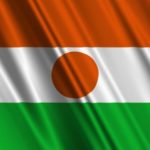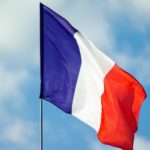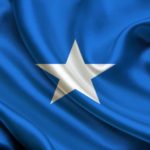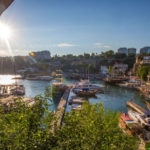Interesting facts about Serbia
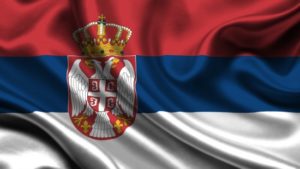 Serbia is a Slavic state, one of the smallest in the Balkans. Formed after the break-up of Yugoslavia, Serbia has much in common with neighboring countries – Croatia and Montenegro. You can not name this country prosperous in terms of the standard of living, but the situation is gradually improving, which, of course, can not but rejoice.
Serbia is a Slavic state, one of the smallest in the Balkans. Formed after the break-up of Yugoslavia, Serbia has much in common with neighboring countries – Croatia and Montenegro. You can not name this country prosperous in terms of the standard of living, but the situation is gradually improving, which, of course, can not but rejoice.
Serbs are big coffee lovers, even children drink this drink. Ground coffee is cooked in the Turkish, and each family has its own recipe for its proper preparation.
The Serbian flag is very similar to the Russian one, which repeatedly caused confusion, for example, when awarding winners of sports competitions.
Serbian baths and thermal springs were well known even during the Roman Empire. Many of them can be visited now.
Serbia is a country of raspberry, a third of these berries in the world is of Serbian origin. Nevertheless, inside the state raspberries are quite expensive, because most of the crop is sent for export.
The Roman emperor Constantine, who adopted Christianity and transferred the capital of the state to Byzantium, was born in Serbia.
In Serbia there is a siesta (“merak”), during which you can take a nap or just sit for coffee with friends.
Serbian curses, very similar to the Russian, are widely used not only by all segments of the population, but also by the leading state channels.
In Serbia, it is not customary to take off shoes when you come to visit, even if it’s winter outside.
In Serbia, tea is a herbal drink that is not consumed during a feast, but as a medicine.
In the XVIII-XIX centuries, Russian was the Church-Serbian language.
Serbs are not able to pronounce the sound “Y”.
Many Serbian words look like Russians, but they have a completely different meaning. For example, “harm” is translated from Serbian as “usefulness”, “shame” means “attention”, and “right” – “straight”.
In Serbia, you should not say the words “chicken” and “smoke”, because they sound like Serbian curses.
The capital of Serbia, Belgrade, for its history, which began in the IX century, was conquered by 40 different armies and was rebuilt 38 times.
The First World War began after the assassination of the Austrian Archduke Franz Ferdinand by the Serbian revolutionary Gavrilo Princip.
Serbia is the only country in Europe that has been bombed and attacked by foreign troops since the end of World War II.
Red wine is called “black” by the Serbs.
“Russian bread” in Serbia – black and sweet, sometimes with the addition of marmalade.
In the 1990s, hyperinflation was observed in Serbia – even a banknote worth 500 billion dinars was issued.
Serbs celebrate “Glory” on a par with birthdays – the day of the family saint, which is passed on from generation to generation.
The historical hero of Serbia is the great scientist Nikola Tesla.
In 2008, the independence of Serbia was proclaimed by the Republic of Kosovo, which by now has been recognized by 108 countries of the world.
The oldest Serbian manuscript is the Miroslava Gospel, written in 1180.
The construction of St. Sava’s temple in Belgrade, one of the largest Orthodox churches in the world, began more than a century ago. It is not finished until now.
From Serbia in 1963 it was possible to send the first satellite signal, which connected Europe and North America.
The street of Prince Michael in Belgrade is one of the most beautiful pedestrian streets in Europe.
Serbs of any gender and age are inveterate sports fans, sports competitions are discussed even on playgrounds. Favorite sport is football.
On the price lists in Serbian shops prices can be indicated indicating the local counterpart of kopecks (“pair”), although they have long since been out of circulation.
In the south of Serbia there is a unique natural attraction – “The City of the Devil”, with which a lot of gloomy folk tales are associated. “City” consists of more than 200 stone pillars with a height of up to 15 meters, on the tops of which are stacks of blocks. In addition, in this area there are two mineral springs – “Devil’s Water” and “Devil’s Well”.
